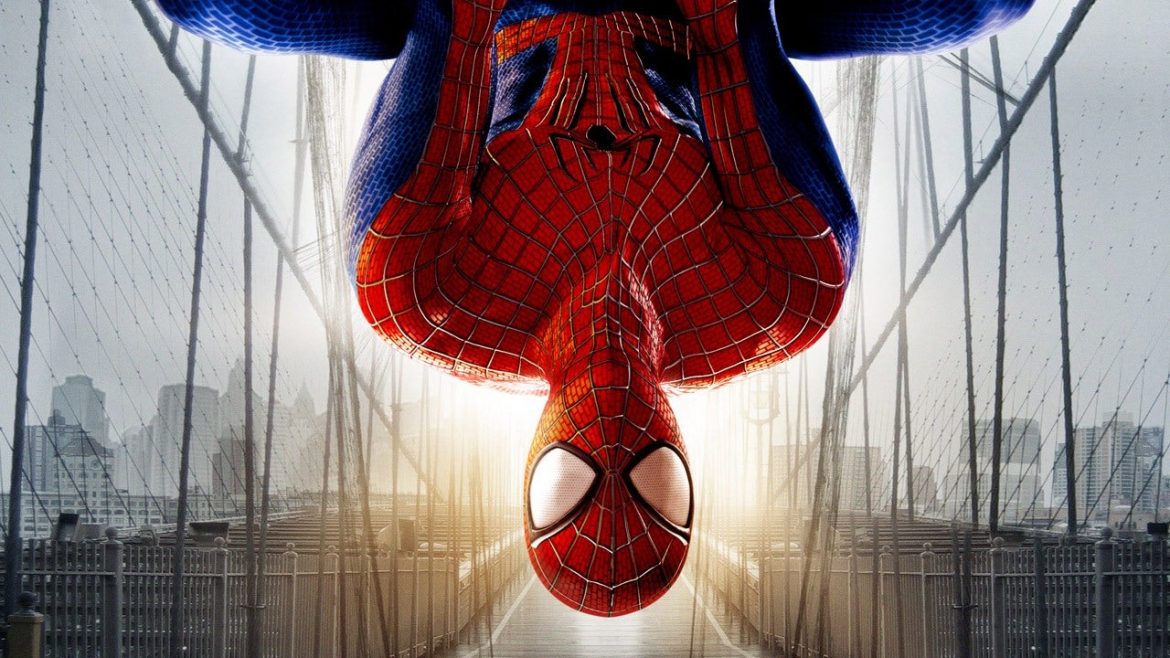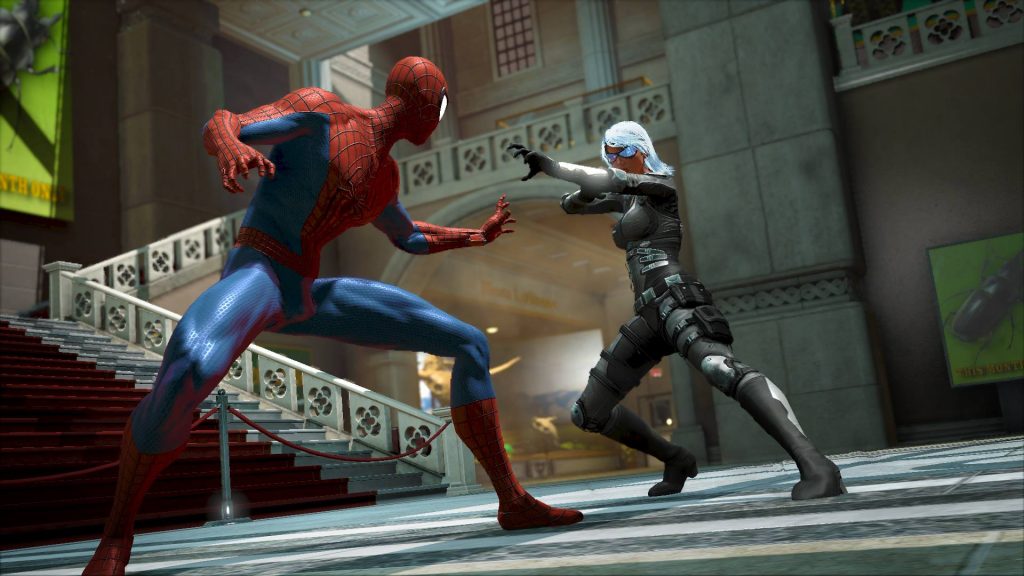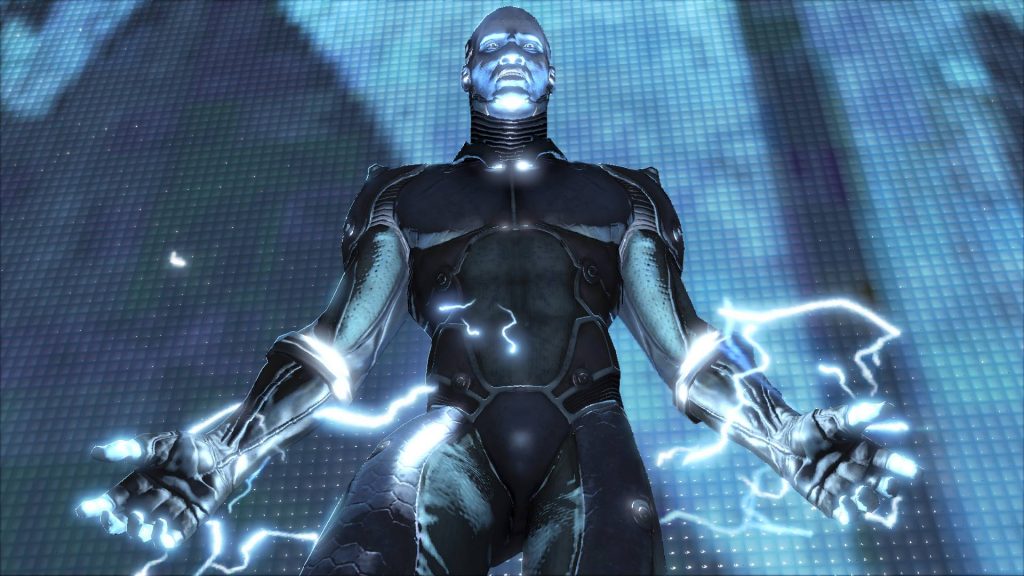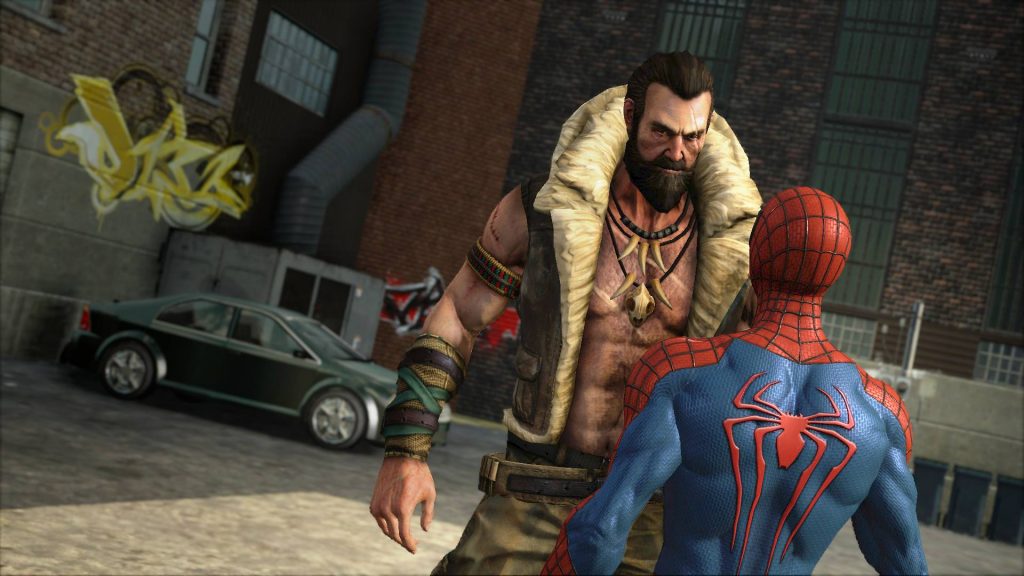Everyday enemies can be more dangerous than supervillains.
Grief is central to Spider-Man, and while explored throughout the comics of everyone’s favorite webhead, it’s rarely seen in his, or any, video games. Amazing Spider-Man 2 dares to be more than just a tie-in game, intimately exploring grief as its preeminent theme, striving to put you behind Peter Parker’s iconic mask. It makes you feel what it’s like to have great power, and even greater responsibility, in the face of impossible odds against not only supervillains, but a more powerful foe – loss.
Peter’s loss is Uncle Ben, his death a result of Peter’s arrogance, but we all know that iconic story. That loss motivates Peter to rise above pettiness to do what’s right, becoming Spider-Man as he spends the next two years trying to track down the killer, all the while garnering his reputation as a do-gooder hero that’s cracking wise.
At the heart of it all, the loss of Ben lingers, and the Amazing Spider-Man 2 knows that this isn’t healthy.
Peter’s never left the denial stage of grieving, all the while trying hard as he can to make up for his mistake – repressing the anger he feels towards the elusive thug Carradine. All of this comes to the fore when a lead to Carradine puts Peter on a collision course with the murderer, until Kletus Cassidy, the Carnage Killer, gets to him first.
In that moment, Peter loses his idealized closure, and even though Carradine won’t hurt anyone else, is that enough? Is this justice? Can he be happy?
Stages of Grief
Many people subscribe to the belief that grief is a process that has, at least, five stages mourners can move back and forth through. Denial–disbelief that the loss has occurred–is the first step. Anger, bargaining, and depression represent the emotional toll we move through as the middle stages of grief. Finally, we come to accept the loss, moving on from the loss, though not necessarily “getting over” it.
No two people’s process will look the same nor will it take the same time. It’s okay to not be okay.
Cassidy thinks himself a hero, targeting criminals just like Spider-Man, but without limits, crossing a line Peter’s never crossed, despite always having the power.
It might seem odd to throw in Carnage as a recurring villain in Amazing Spider-Man 2. He’s not in the movie at all, nor is he an A-list villain in Spidey’s rogues gallery. Yet he perfectly symbolizes the toxicity that nearly consumers Peter over the course of the story.
All Peter can do is express his feelings to his Aunt May, who tries to guide him to a healthier path. Sadly, Carradine’s looming shadow is only replaced by Cassidy in Peter’s mind. Another act of violence leaves Peter drifting, fixated on stopping Cassidy, because “only” Spider-Man can track him down. With Cassidy’s merciless vigilantism pushing all the gangs of New York to the verge of war there’s little room for Peter to breathe.
Hero or Menace?
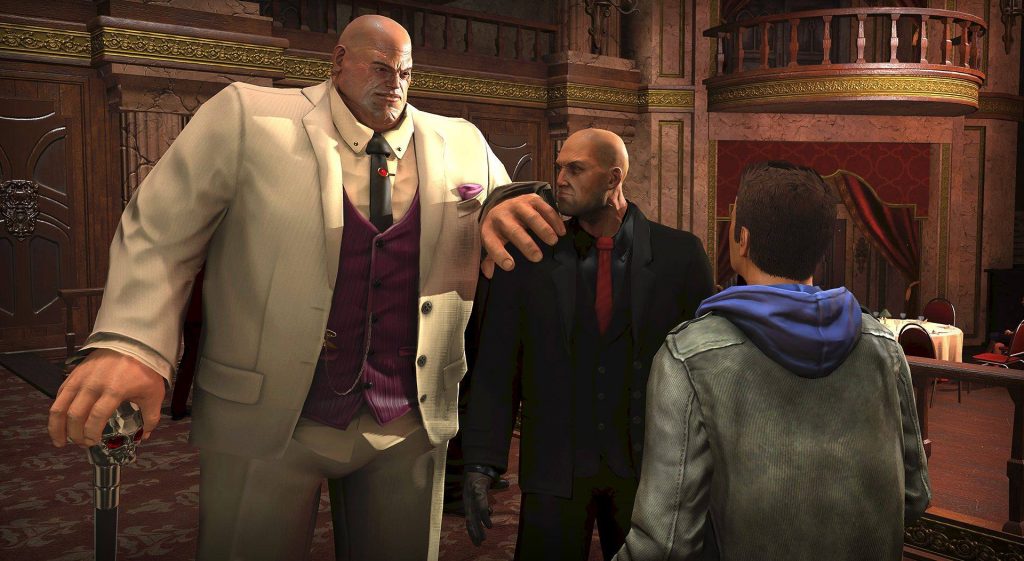
Simultaneously, an anti-crime task force run by Wilson Fisk emerges, with its sights set on Spider-Man as much as real criminals, leaving Peter scrambling to stay ahead of it all, opening the door for the “Hero or Menace” system.
Peter’s in a constant war not only to keep New York safe but to ease his guilt. Stopping small crimes and helping emergency services is an easy way for him to play hero and not deal with the bigger issues at heart. It makes everyone love him, boosting his Hero status. He trades the illusion of doing better for delaying the inevitable task at hand.
However, if you stick only to the main missions–ignoring the city–all of New York will grow to resent him as a Menace, allowing Fisk to swoop in. Roadblocks and electric security gates will block you from swinging between buildings and eventually unmanned drones will hunt you across the city. Peter’s effectively punished for dealing with the real problems.
Either way you swing it, Peter’s at a loss, torn between constantly upholding his cause and finding some personal peace. How best to honor Uncle Ben and protect the city is a choice players must make with tangible consequences.
Enter Kraven the Hunter.
Charismatic and understanding, Kraven is honorably hunting his prey and only striking lethally when there’s no other way, he assures us, as he takes on the role of mentor. He, like Peter, wants to see Cassidy put away for good. The pair work well as a team as Kraven trains Peter how to better hunt the criminal element of NYC. In Kraven, Peter finds a potential middle-ground between his ways and Cassidy’s carnage.
When the time comes to smite Cassidy, however, Peter’s faced with more than he bargained for, a pivotal moment in dealing with his grief.
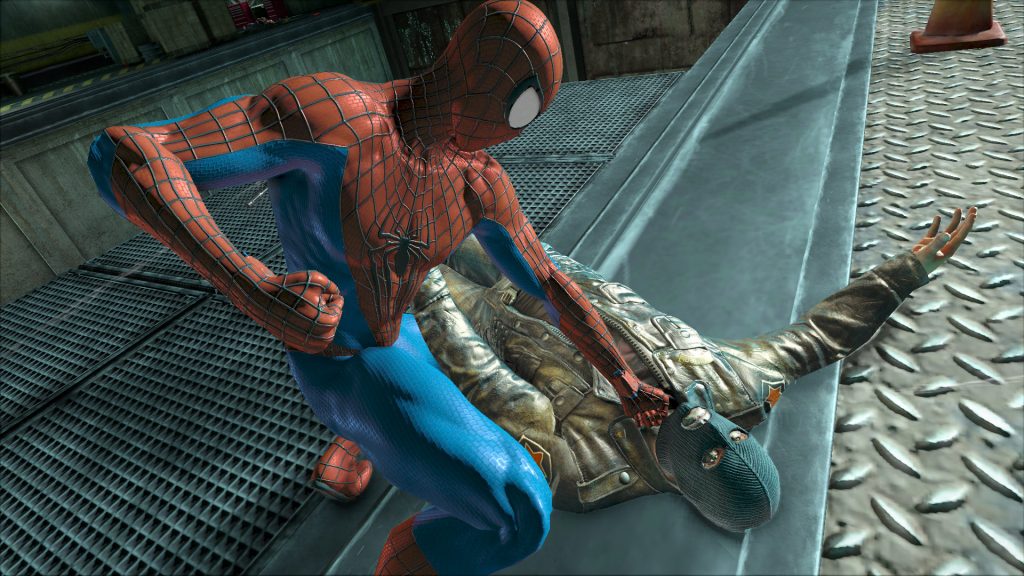
For the first time since Uncle Ben’s death, Peter faces the emotional turmoil he’s let fester beneath. No more denial or one-liners can sidestep the pain. He’s never been faced with the prospect of returning even an ounce of the suffering he was dealt. It’d be so easy to give in to his anger. When he tries reasoning with Cassidy, he learns he helped inspire the man through his own actions. It deflates him.
Peter realizes this is who he becomes if he lets toxicity consume him. He knows that in his worst moments he’s wanted revenge, but when given the opportunity, he hesitates. Cassidy goads him, telling Peter “you’re welcome!” for going to the extreme Peter never has, yet Peter relents. For the first time in years, he realizes this isn’t a healthy way to honor Ben or grieve, and that he’s not a killer.
Kraven disagrees with the approach and ends their partnership as Cassidy’s taken away.
Peter finally starts to heal.
The story shifts from his obsession over mending an impossible past to protecting his and New York’s future as Fisk rises to power. The massive machinations of the Kingpin of Crime unveil themselves as Peter moves forward with renewed focus. He learns about all that’s gone on under his watch: how Max Dillon and Felicia Hardy have been granted powers of their own as Electro and Black Cat, each struggling to control them, while being manipulated by Fisk.
If they fail to beat Spidey, Kraven is ready, having only trained Peter to ensure that he’d be a true test of skill in his ultimate hunt. Even Peter’s childhood friend, Harry Osborn, has been roped into funding Fisk’s taskforce, tragically transforming into the Green Goblin.
When Electro strikes, Peter reaches out until the other’s untethered abilities lead him to implode: the others meet similarly tragic fates. Peter sees that so many of his opponents are victims as well. Simply fighting them isn’t enough; Peter must help them. But before he can, he has one last trial – Cassidy, now enhanced with the synthetic symbiote menace Carnage.
Before their final confrontation, Peter must finally admit that he’s felt the temptation to be as brutal as Carnage. “That’s human. It’s not wrong to feel emotions like that. It’s wrong to act on them.”

Peter’s victory isn’t simply through fisticuffs, but in accepting, and embracing, what he’s pushed back against all these years. In the end, Fisk’s empire continues to rise, but now Peter’s ready to face it. After suffering for so long, pushing himself so hard, he has a chance to find balance again.
Amazing Spider-Man 2 conveys all this with far less gravitas than the developers at Beenox hoped. There are incredibly cheesy moments as it struggles to tie together events of the movie with original ideas around Carnage, Kraven, and Fisk. Yet despite it all, its message is earnest,admirably aiming for a level of nuance no Spider-Man game had reached for up to that point. From its “Hero or Menace” system to its portrayal of Peter Parker– not Spider-Man–as the true main protagonist, it aims high. It succeeds more than it fails, and is far more memorable than its movie counterpart.
Maybe it’s not amazing, but Beenox’s final Spider-Man game is more than just another tie-in.
Elijah’s your Guy Friday for all things strange and awesome in obscure gaming. He spends way too much time talking about such things on Twitter @UnabridgedGamer and his YouTube channel The Unabridged Gamer. You can read his column, Second Look, each week on The Escapist.
Suffering from mental health concerns including grief? A number of options are available to you. In Canada, Kids Help Phone: www.kidshelpphone.ca 1 800 668 6868. In Australia, Kids Helpline: www.kidshelp.com.au 1800 55 1800. In the United States, TeenLine: teenlineonline.org/ 310-855-4673.
